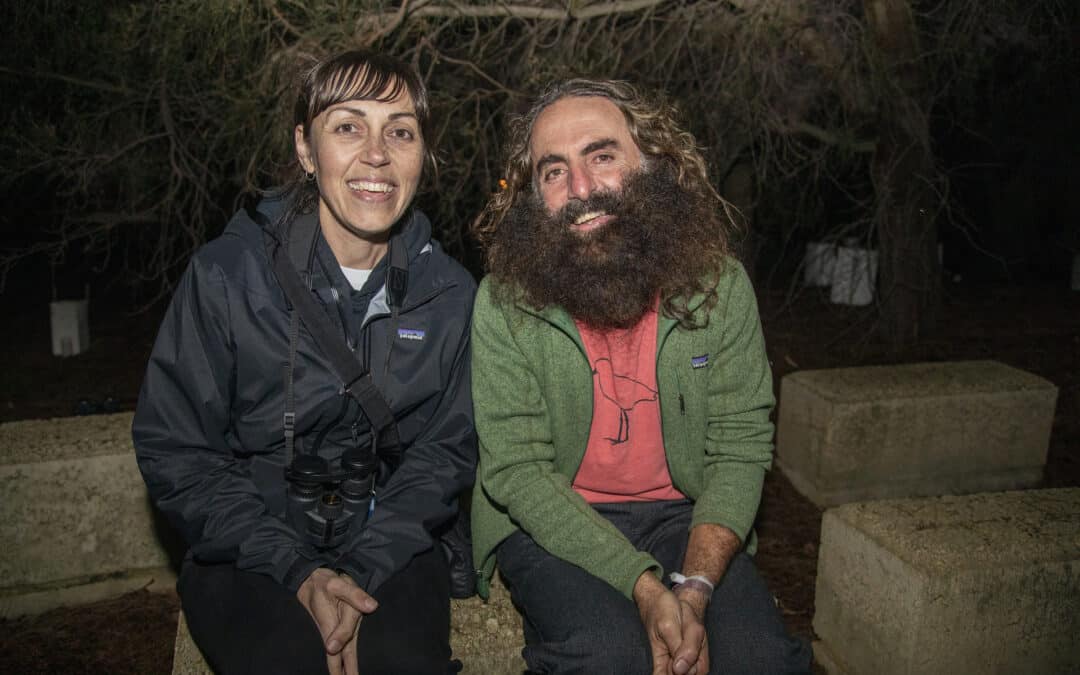
by Jane O’Malley
See our Ramsar 482 wetlands feature on Gardening Australia with Costa, Milly Formby and our own Jane O’Malley as they talk about the global and local importance of our beautiful wetlands.
When we first met Milly Formby back in 2017 we didn’t imagine just how much this inspiring zoologist, pilot and illustrator would help to raise awareness about our beautiful Ramsar wetlands.
Milly’s knowledge and experience, coupled with her love for migratory birds and wetlands meant that she was perfect to help us with some of our community engagement / school programs. From there Milly inspired us with her desire to learn how to fly a microlight and follow our shorebirds on migration to Siberia – seriously???
So, in 2018 PHCC sponsored Milly (Wingthreads https://wingthreads.com/) to help her pursue her dream because, really, can you think of a better way to grab people’s attention about the migratory path and our collective role to protect our wetlands for these amazing birds.
Milly then learnt to fly, built her own microlight, got her hours up and started her flight around Australia – (similar km’s to flying to Siberia, as a practice run), all while facing a few challenges (and broken bones!).
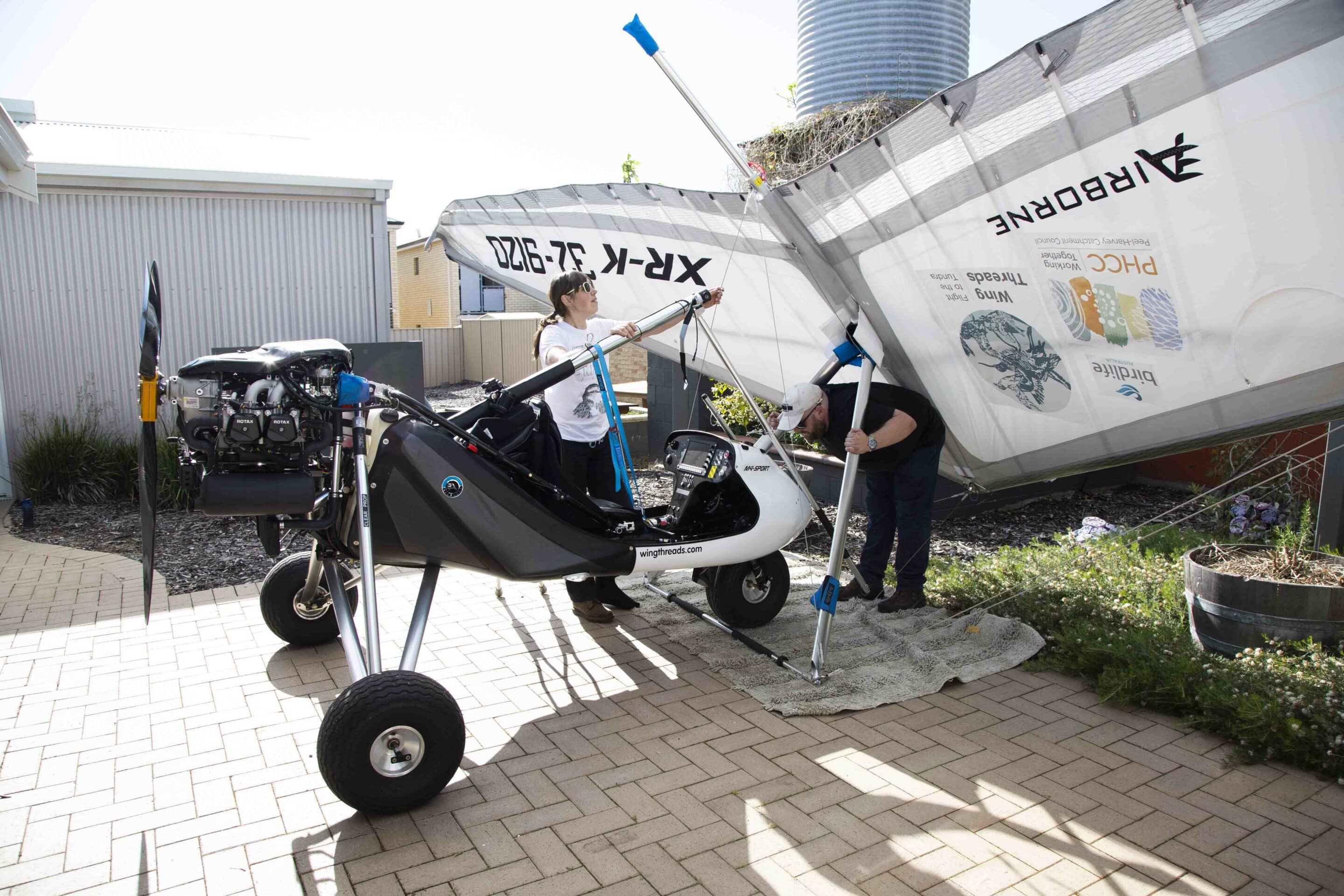
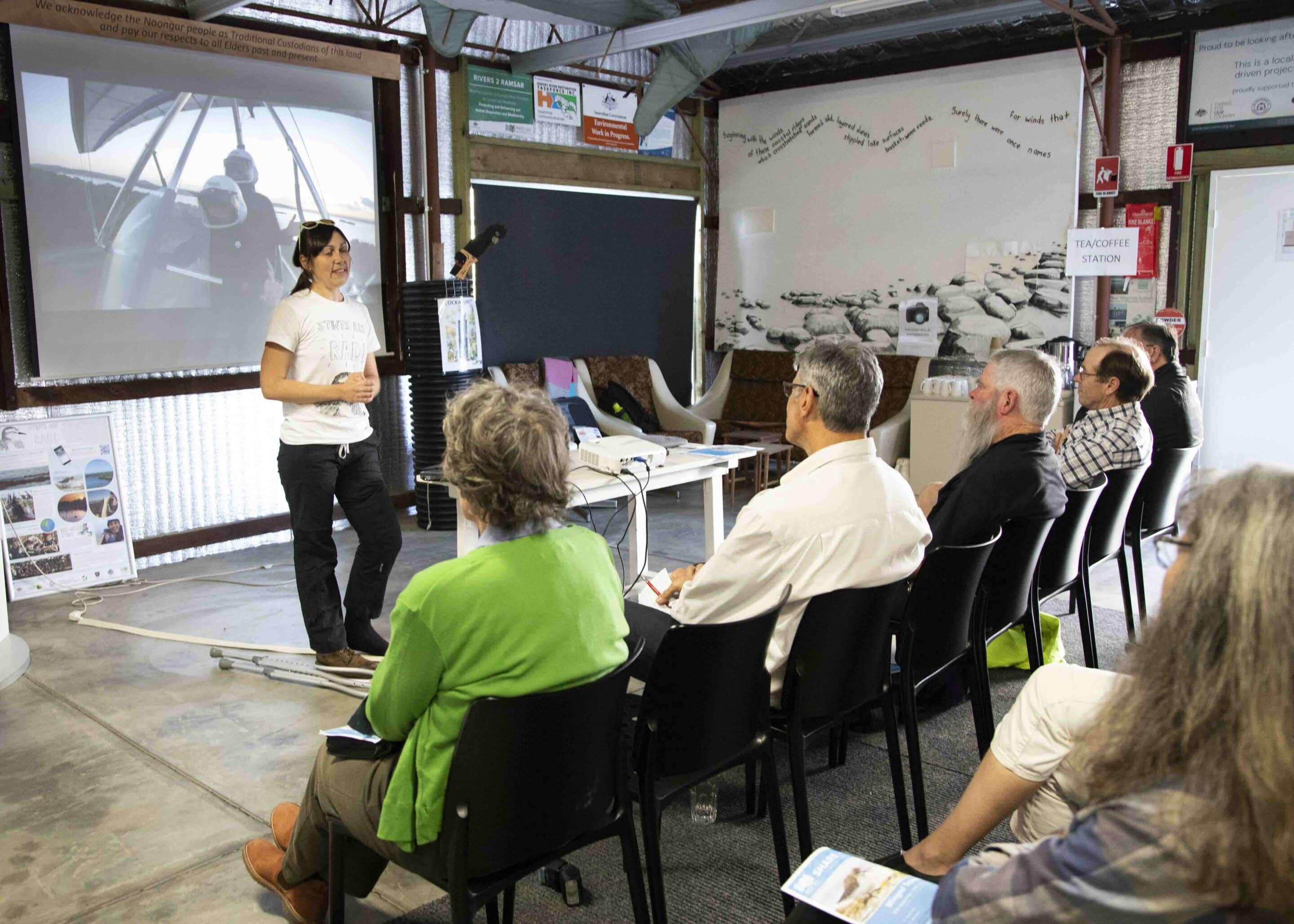
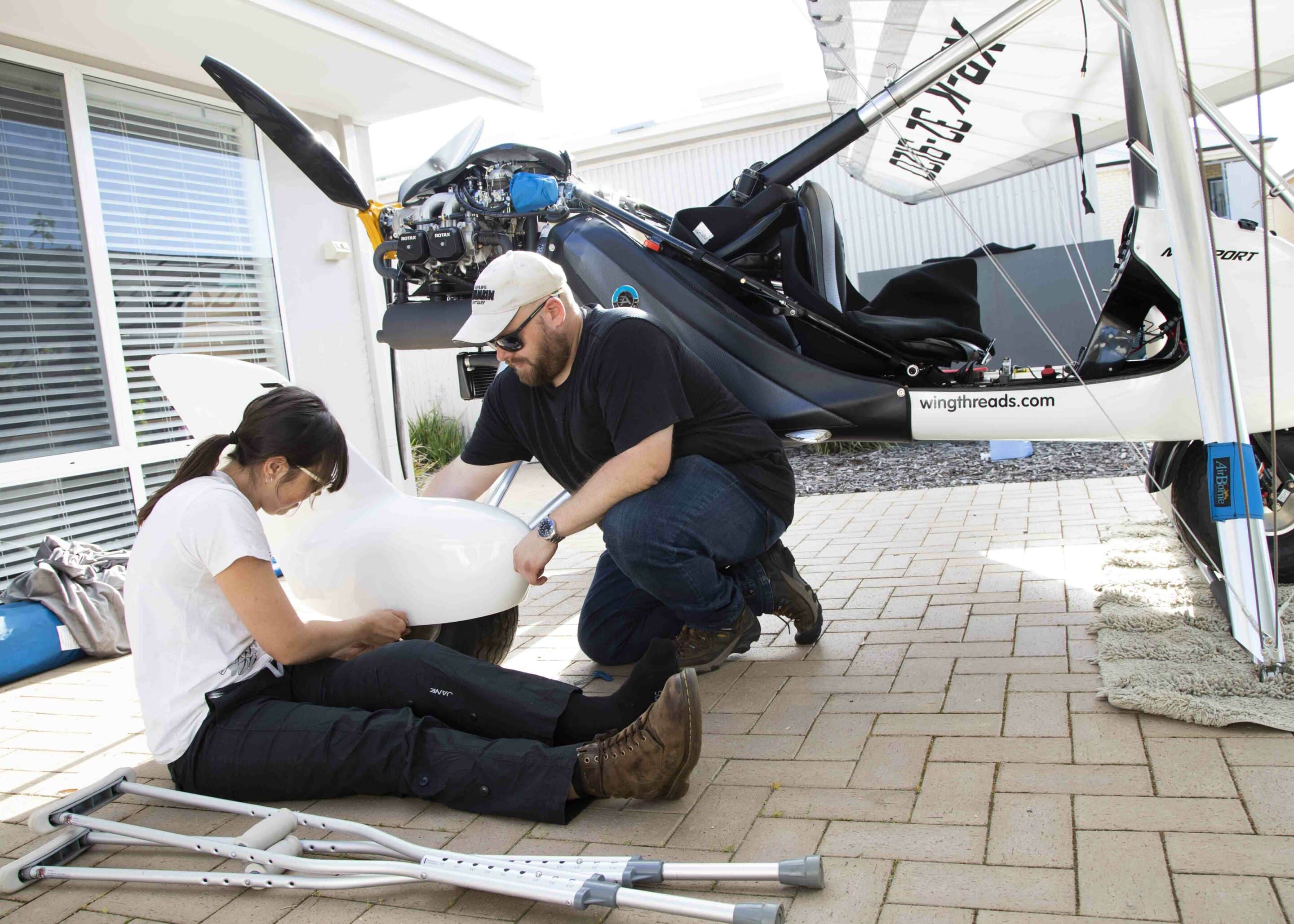
Milly’s adventure caught Costa Georgiadis’s attention and when Milly was flying through the Catchment, Costa and the Gardening Australia team took time to meet with the PHCC to talk through the importance of our Ramsar 482 wetlands. You can see the episode here https://www.abc.net.au/gardening/how-to/wet-n-wild/14047816
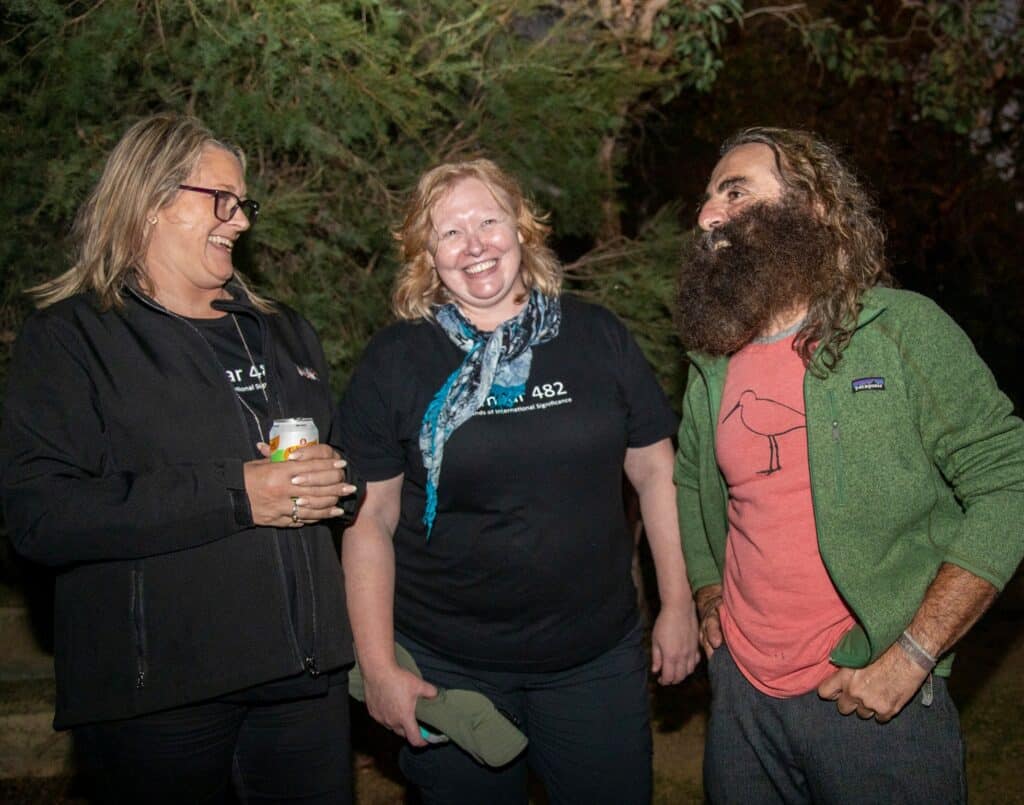
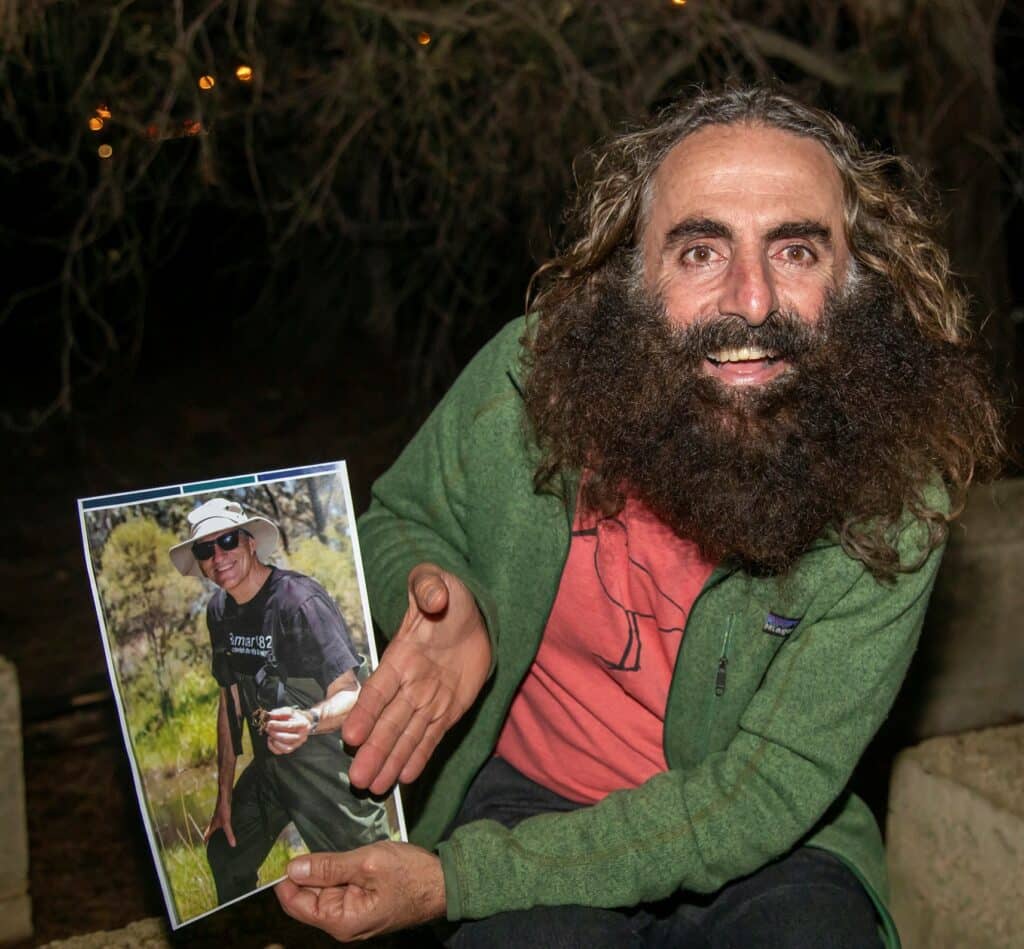
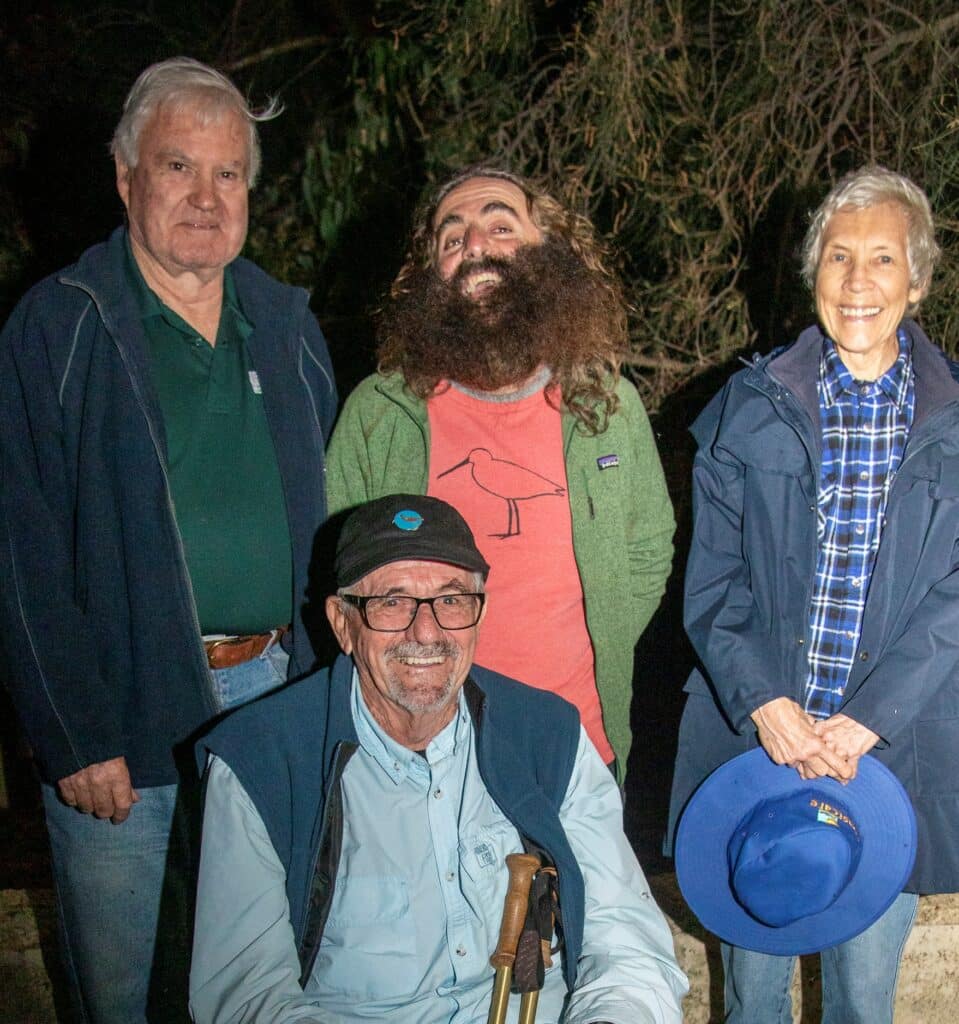
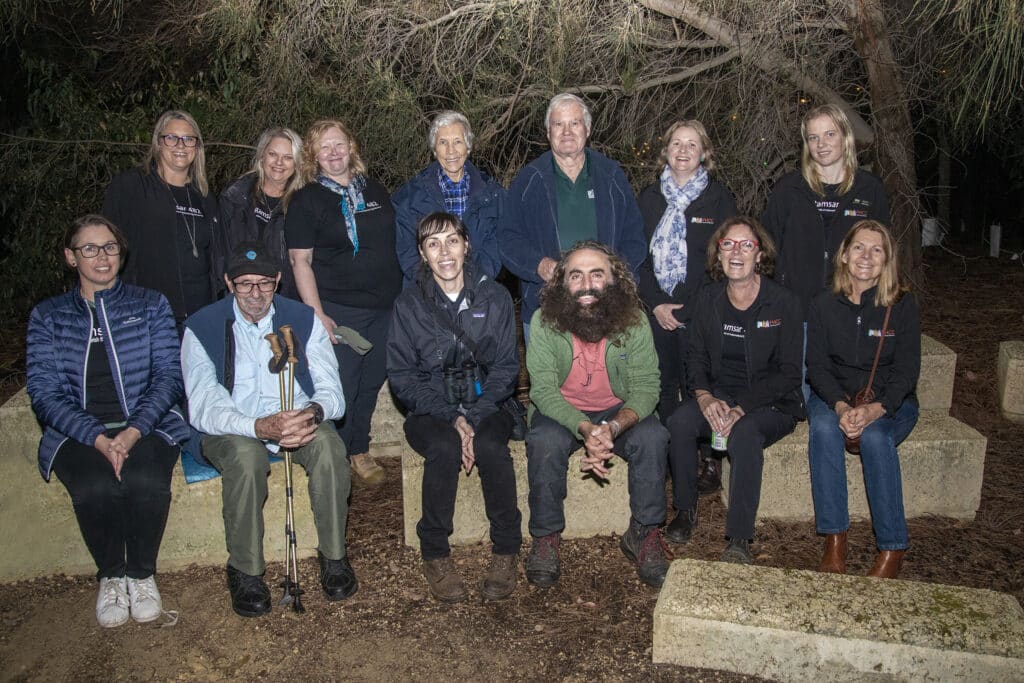
You can follow Milly’s adventure here – https://www.facebook.com/search/top/?q=wingthreads and read more about Milly here https://wingthreads.com/about/the-pilot/
Extract from ABC Gardening Australia:
SERIES 33 | Episode 23
Costa visits the Peel-Harvey Estuary on Bindjareb Country, the largest wetland complex in southern Western Australia.
This wetland system is home to threatened species of plants which are a crucial feeding ground for migratory shorebirds.
Along a 133km stretch of coastline, this area contains five threatened ecological communities, including Samphire Saltmarsh, Banksia Woodlands, and Melaleuca Shrublands. It is also one of only two places in the world with living Thrombolites —communities of 2,000 year old microorganisms.
Costa meets with Jane O’Malley, the CEO of the Peel-Harvey Catchment Council, who are responsible for maintaining and advocating for the health of this wetland system. Jane shares the importance of this responsibility, ‘since the 1950s we’ve lost over 50% of our wetlands globally. Wetlands are one of the most important systems that we have, they are the kidneys of our planet’.
This massive wetland system is also under threat due to urban development encroaching into the ecosystem. ‘The waterways are beautiful, we love them, but we need to be careful that we don’t love them to death.’ Jane advocates for ways that we can all help to reduce the degradation. One of the biggest issues at the suburban-wetland boundary is 75 tonnes too much phosphorus coming into the wetland. ‘We need everybody to help, don’t put fertiliser on the lawn just before it rains, that will just flow out into our waterways’.
One of the reasons that these wetlands are so important is that they are feeding grounds for tens of thousands of migratory shorebirds each year. These impressive animals fly mind-boggling distances to feed in the samphire (Tecticornia sp.) marshes found here, which are rich in the invertebrates that they love to feed on. Samphire marshes are an endangered ecological community, well represented here but lost in other estuaries in WA. Migratory shorebirds fly from Siberia, Alaska, and Asia—often non-stop—to refuel at this wetland.
The Council has partnered with Amellia (Milly) Formby, a passionate zoologist who is about to set off on an epic journey to raise awareness for the plight of these migratory birds. Costa and Milly are both passionate aviators and have even gone on a few flights in Milly’s microlight airplane together!
Milly says ‘there are about 37 species of migratory shorebirds that visit Australia every year. They take binge-eating to the next level, they put on lots of fat to be able to have the energy to fly these long distances.’ She emphasises the importance of maintaining wetlands across the massive global flyways, so that the birds have a chance to stop and refuel on their journeys. ‘It highlights how we are all connected to each other on this global ecological network’.
Milly will be flying 20,000kms around Australia in 180 days, visiting schools to educate them on these wonderful birds and wetlands. She reflects, ‘It has taken me several years to get to this point where I can navigate a plane around Australia, yet these shorebirds at just 8 weeks of age, fly all the way from the arctic to Australia unaided! Isn’t that phenomenal!’
Filmed on Bindjareb Country | Mandurah, WA
Credits: Costa Georgiadis, Presenter
Broadcast: 16 Sep 2022
